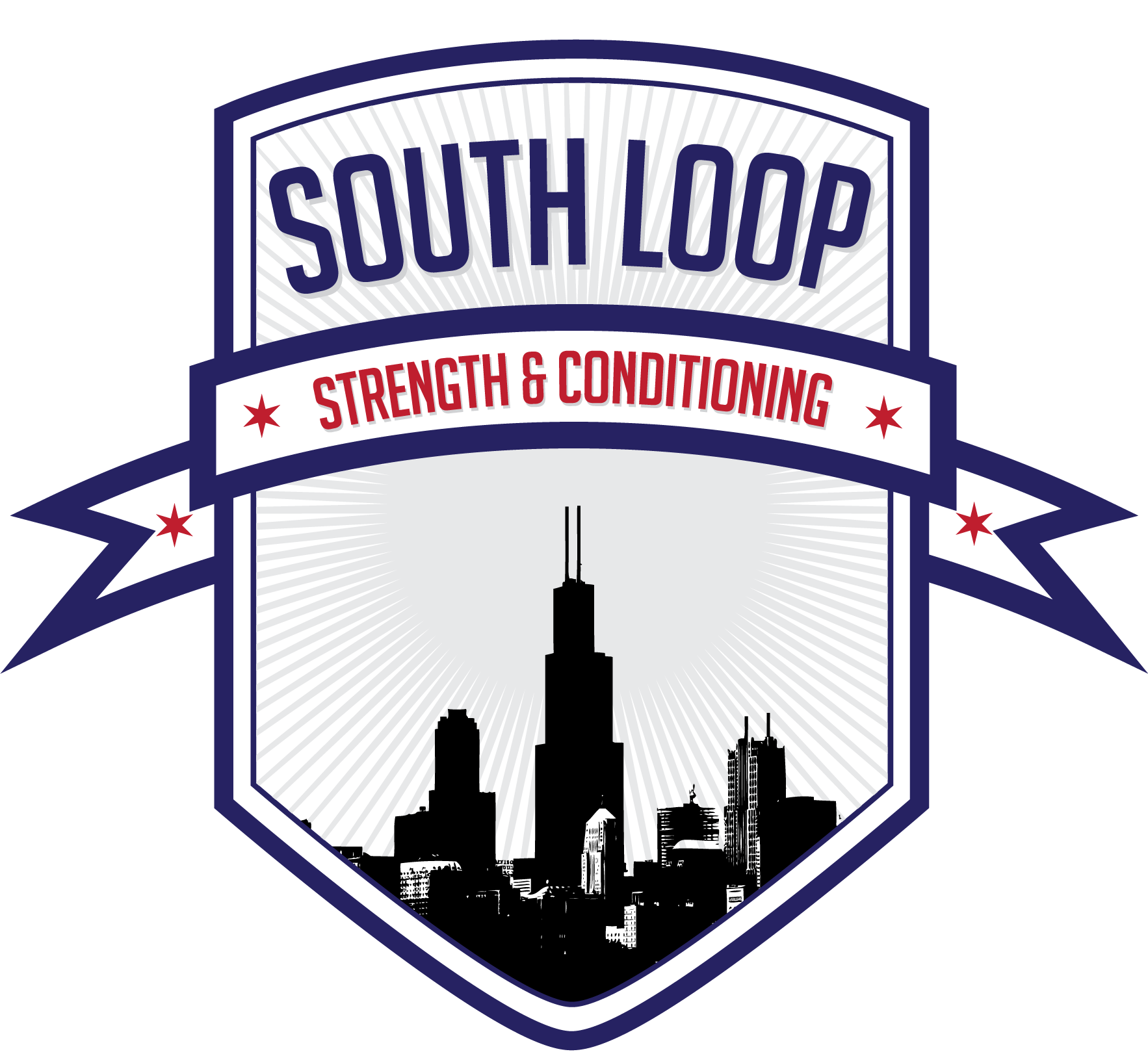When someone comes with a movement restriction, we can think through a flow chart to come up with modifications that could potentially be helpful for them while still maintaining a similar stimulus in the training.
Let’s think about someone with shoulder impingement in overhead pressing.
If the training for the day is 3×3 strict press, we certainly don’t want them pressing overhead and irritating their shoulder on each rep.
So – what can we do?
One of the most important things is asking a lot of questions. We don’t know what is actually wrong with their shoulder, and neither do they. So, we want to know:
When did this start hurting?
Did it develop over time or was there an acute incident that caused the injury?
When does it bother you – during movement or does it tend to get more sore the next day?
Which movements or motions bother it?
In general, we want to be recommending that people with painful joints get them evaluated by some sort of physical therapist or other professional, but the above questions should give you some idea as a coach regarding the severity of the issue and how you want to work with the client.
Be aware that any painful movement is going to cause all kinds of movement compensations, so we definitely don’t want to be training into pain – and we need to be careful with how we train joints that are currently injured.
If we have pain with overhead pressing, how can we think through modifying this?
Make the bilateral unilateral
One of the first options would be to switch this to a single-arm dumbbell press and take the painful joint out of the equation.
Change the plane of motion
We may also want to explore different planes of pressing to see if there are patterns that are not painful. Someone may feel impingement in a standard vertical pressing pattern, but be completely fine in other planes of pressing like dips, bench press, or landmine press.
This is a tricky area since we don’t want to push a painful joint – even in other planes of motion – but, if the issue is mild mechanical impingement, sometimes training something like a landmine press can actually improve the overall scapular mechanics of pressing motions and potentially improve the motor control of the joint.
Change to an isometric
While we may not be getting the same strength stimulus from isometric holds as we would from a 3×3 strict press, we can also look at changing training to focus on isometric holds.
For something like an overhead press, we may have success instead with doing a waiter’s walk or a Turkish get-up – which one can think of as “straight arm pressing” movements. Just be careful with how the athlete gets the kettlebell into position.
Move from a compound movement to an isolation movement
We can also look at attempting to train the same muscle groups involved in pressing through isolation movements rather than through compound movements.
This may be a spot to use something like a JM press or banded tricep extensions. We may also look at doing rotator cuff exercises like seated external rotations, Powell raises, or Trap 3 raises.
Keep in mind the caveat that we don’t want to push an injured joint with training – so we have to be careful with our prescription of intensity and loading.
In conditioning work, we can choose a movement that “feels” similar even if it is not the same pattern
Let’s say now that we have something like:
10 min AMRAP:
5 pull-ups
10 DB push presses (light)
15 air squats
If we’re looking to modify the DB push presses here, we don’t necessarily need to keep this as an upper body pressing movement. We can instead choose a movement with a similar cycle time and a similar characteristic in terms of how it will “feel” during a high turnover conditioning piece like the above.
Good options could be:
10 box jumps with step down
30 double-unders
10 Russian KB swings
While none of these are upper body pushing movements, they will have similar cycle times to 10 DB push presses and will probably result in a similar amount of fatigue.
It’s probably worthwhile to go through a similar thought exercise with several other patterns in order to create the skill of quickly being able to modify exercises on the fly.
What would you do for a deadlift for someone with back pain?
What about a squat for someone with knee pain?
What about jumping for someone with plantar fasciitis?
The ability to take feedback and modify movements on the fly should become second nature with a bit of practice.

